Reasons for the appearance
Before starting the fight against mold on the walls, you need to find and eliminate the cause of its appearance - otherwise, even professional help does not guarantee the result.
- High humidity... It's not only about poor ventilation in the bathroom or kitchen, but also local leaks, dampness of certain areas.
- Low temperature... In unheated rooms with frozen walls, mold is almost inevitable. If there is heating, but the system is broken or broken, mold may also appear.
- Stagnant air... The use of non-hygroscopic finishing materials without proper pretreatment of the walls from mold can also cause it to appear.
The problem in your particular case may be in one of the listed options or several at once, but the fact remains: for the "flowering" and reproduction of the fungus, dampness, cold and lack of air renewal are necessary.
What types are there and how are they dangerous?
Another fact that you need to know in order to remove mold on the walls is its appearance. The most common are:
- Black mold... The affected areas are covered with dark spores of various sizes: these are the ones most often found in living quarters. The Aspergillius Niger fungus feeds on organics and feels great in high humidity: it can grow on plaster, brick, concrete, wallpaper, even on plastic panels.
- Green mold... Penicillium is not only fond of bread and other food products, but their spores can often be found on plastered, painted surfaces.
- Blue mold... The most dangerous for natural wood and chipboard materials (chipboard, laminated chipboard, fiberboard). Most often found in wooden houses.
- Mushroom house... Another pest of log cabins - differs from the previous species not only externally, but also in terms of impact. Serpula lacrymans is aggressive - destroying wood from the inside can destroy the structure itself.
If you think that mold removal can wait - we hasten to convince you. Removing mold from the walls in an apartment is necessary not only to return the aesthetic appearance, but also to take care of the health of the household. After all, the constant inhalation of microorganisms leads to many unpleasant diseases - allergies or even asthma.
How to get rid of mold?
As it is already clear, the task of removing mold from the walls is paramount when it is detected. If the outbreak is small, you can try to remove the mold with folk remedies. When there is no time for experimentation, immediately use high-quality antifungal store products.
With the help of improvised means
Vinegar
The most versatile remedies found in every home are vinegar and soda. They do the cleaning with their help, wash clothes and is used in the fight against fungal infections. Fungi do not survive in an acidic environment - this fact is the basis of this method.
- Take a 9% solution of ordinary table vinegar or dilute 70% essence with water on your own.
- The composition is poured into a spray bottle, generously applied to the infected area, left for 30-60 minutes (depending on the severity).The efficiency will be higher if you spray not only on the hearth, but also spray the air in the room - after all, fungal spores can simply fly along with the dust.
- When the time is up, brush it thoroughly, removing the fungi. And rinse clean with chlorine cleaner.
Soda
The chemical compound NaHCO3 or sodium bicarbonate is an alkali, which, unlike vinegar, does not have an unpleasant odor, while it copes no less well with mold on the walls.
- Dissolve 2-3 tablespoons in 200 ml of lukewarm water, apply to the infection with a sponge or cloth.
- You can wash off after a few hours (from 2 to 24), remove the remaining plaque with a clean damp cloth, and leave to dry.
Important! Brushes, sponges, brushes, rags must be disposed of after contact with mold on the walls!
Bleach
Any chlorine-containing product: washing with a bleaching effect or for cleaning plumbing fixtures, has not only antibacterial properties, but is also suitable for treating walls with mold.
Be careful when working with chlorine: in order to avoid burns, you need to protect your hands with gloves, your lungs with a mask from vapors, and your eyes with glasses.
- Use a brush, sponge, rag or spray to spread the whiteness over the wall (no need to dilute).
- Wait 15 minutes, brush to remove visible spores, rinse the work area and provide adequate ventilation to neutralize odors and dry the treated area.
Tea tree oil
Tea tree is a natural antiseptic. The natural preparation works slower than its chemical counterparts, but it will not harm you or your loved ones.
- To get rid of mold on the wall, prepare the composition: 1 tsp. oil for 0.5 liters of pure water.
- Shake well in a spray bottle, spray onto the lesion.
- Repeat 2-3 times within 2-3 days, waiting for complete drying between applications.
Copper sulfate
Copper sulfate is toxic, therefore, as a remedy for mold in an apartment, it is suitable only if the room is isolated.
The first 48 hours to be in a room where the walls are treated with vitriol is simply dangerous.
Solution proportions: 10-30 g dry matter per 1 liter of water. It is applied as usual primer - roller or brush. One layer dries for about 6 hours, layering up to 5 times is allowed. After the last layer, wait 2 days, open the windows in ventilation mode, clean the surfaces.
Ammonia
Ammonia will be effective if you treat non-absorbent surfaces with it: plastic windows, glazed tiles, glass panels, oil-painted mirrors. The instruction is as simple as possible:
- ammonia is diluted 1 to 1 with water,
- sprinkle on the mold,
- wait a little and wash off.
The procedure can be repeated 2-3 times if it is not possible to remove all the lesions at once.
Hydrogen peroxide
Bottles of 3-6% peroxide can be found at any drug store. They cost a penny, they have no smell, they do not cause much harm to a person. But such a disinfectant does not like mold, and we will use this.
- To remove mold from the walls, pour a 3% solution in its pure form into the sprayer, moisten the stains with it, leave for 10-15 minutes.
- Then everything is as usual: remove spores with a brush or spatula, rinse with water or a chlorine-containing agent.
Laundry soap
If acids work best when left on the surface for exposure, then, oddly enough, you need to wash with soap. Or rather, rubbing. With plenty of soapy hard sponge, old washcloth or coarse rags, it is easy to clean walls or objects covered with non-removable dirt from the fungus.
White Spirit
Anti-mildew primers or paints, as well as fungifluids (agents for removing lesions that have appeared), mostly contain Stoddard's solvent. If all over the world it is considered an excellent antiseptic supplement - why not try using the substance in its pure form?
Put on gloves, moisten a rag with white spirit, apply liberally, wait about an hour - remove all unnecessary.
Bura
This salt is literally made to cleanse and mold is not difficult for it.Half a glass of borax is stirred in 1-1.5 liters of water, a brush is dipped into the solution and actively rubbed at the sites of infection.
It is very important to protect the respiratory system, cover furniture, houseplants, decor, food, etc. after all, spores will begin to fly throughout the room, settling in new places and infecting them.
Using professional tools
Prosept
Two-phase phongifluid - FUNGI CLEAN contains chlorine and acids, it is required to remove the already appeared fungus from the walls. FUNGI STOP antiseptic is necessary to fight against its further appearance and spread.
Neomid
Also contains chlorine, it works faster and best on mineral coatings with a loose structure: it penetrates deeply into building materials, allows you to comprehensively combat mold that spreads from the inside and outside.
All work is easy to do on your own without the help of specialists, just read the manufacturer's instructions.
Glutoclean Pufas
Unlike previous methods, it is considered environmentally friendly and safe - this remover does not contain chlorine. The active substance is replaced by oxygen, which reacts with the fungus and destroys it.
Important! When working with any means - ready-made or homemade, do not forget to protect the skin, respiratory tract, be sure to ventilate the room.
Prophylaxis
Dealing with the consequences is always longer and more difficult than taking measures to prevent wall contamination. In order not to have to constantly treat surfaces and breathe mold, it is necessary to neutralize omissions that create a favorable atmosphere for its growth.
- High-quality insulation... It is impossible to get rid of mold forever in a cold room. Take care of the insulation of the room or building - it is required to lay finishing materials from the side of the street and at home. This will help prevent condensation from building up. Heating is organized using a radiator or underfloor heating system.
- Sophisticated waterproofing... Often, the place of leakage of the roof, faucet, bathroom from the upper floor is a hotbed for the spread of mold. To protect yourself from further worries, install waterproofing during the finishing of the apartment.
- Regular airing... Air circulation by itself (while maintaining high humidity and low temperature) does not guarantee getting rid of serious infections, but it is quite suitable to remove their remnants. Ventilate rooms with windows as often as possible, and if there are no windows, install a forced draft hood.
Unfortunately, mold usually does not leave without a trace: follow preventive measures, periodically check the cleaned foci for new infections. Your task is to see the nascent mycelium and remove it at the initial stage, not allowing it to spread again.

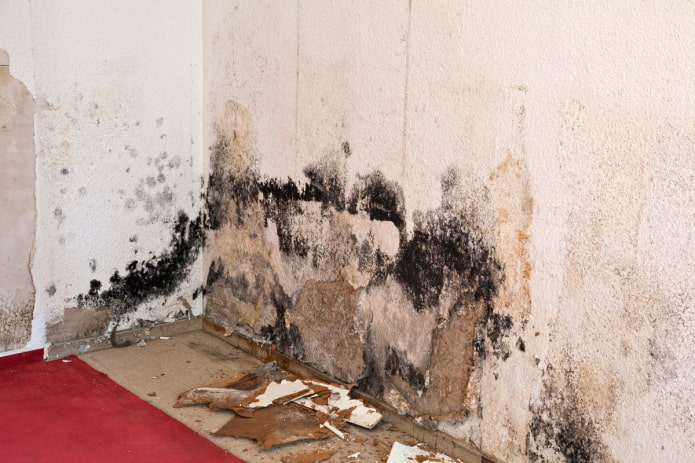
 10 practical tips for arranging a small kitchen in the country
10 practical tips for arranging a small kitchen in the country
 12 simple ideas for a small garden that will make it visually spacious
12 simple ideas for a small garden that will make it visually spacious
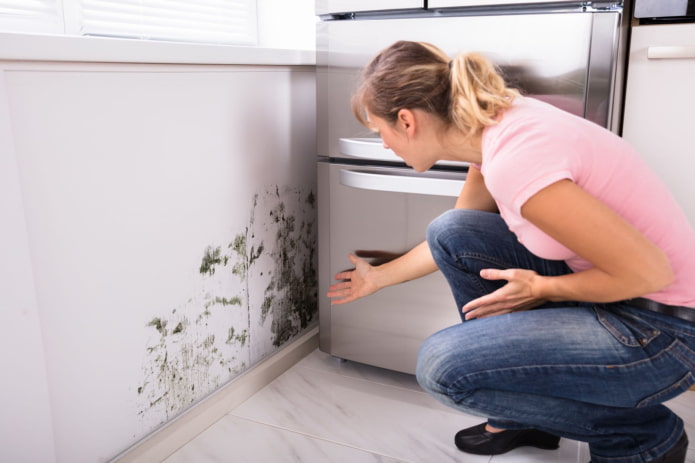
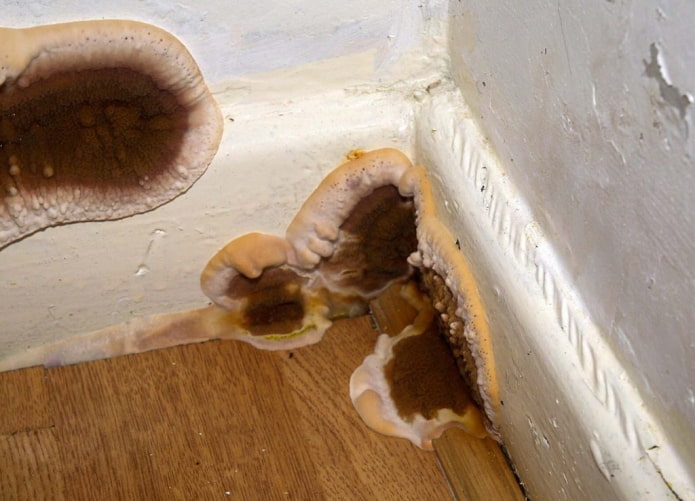
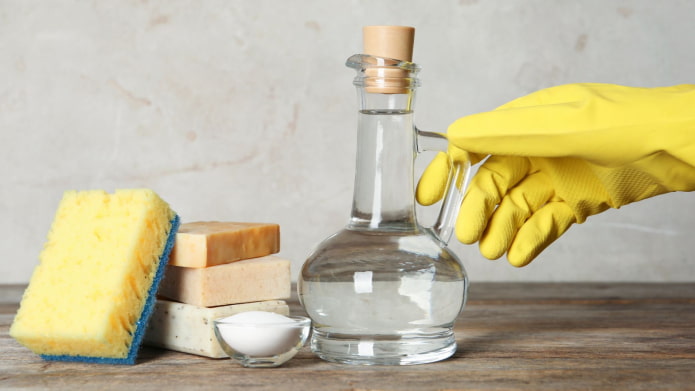
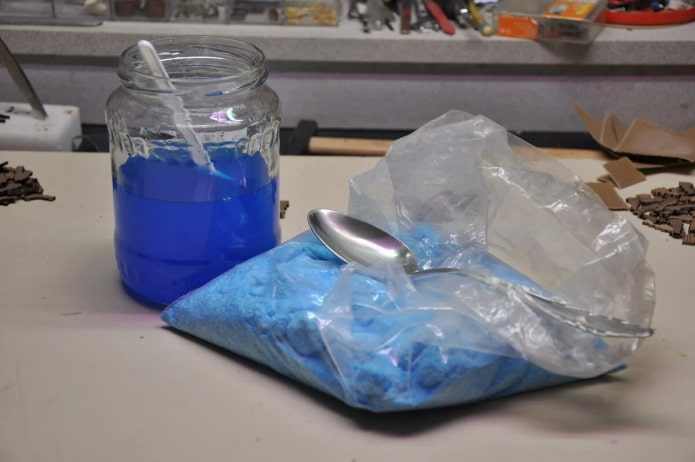
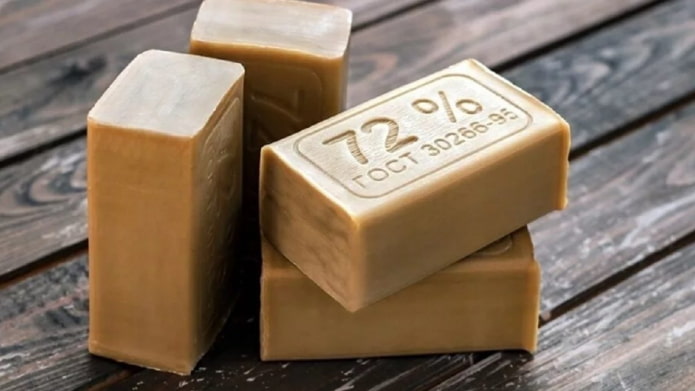
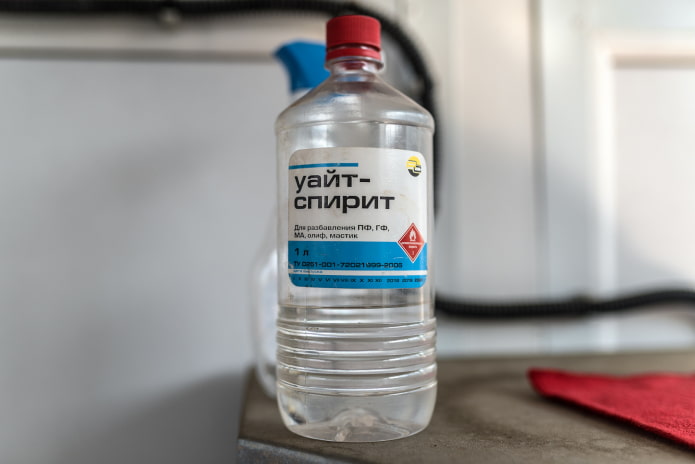
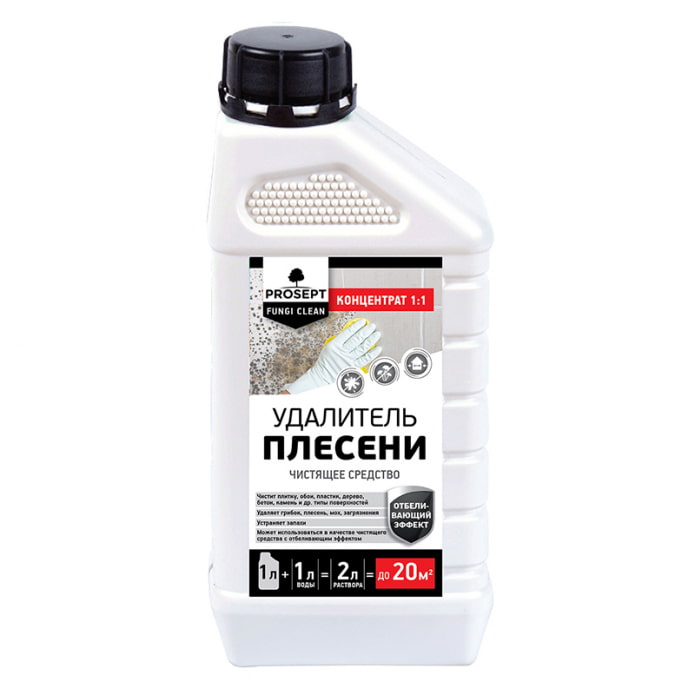


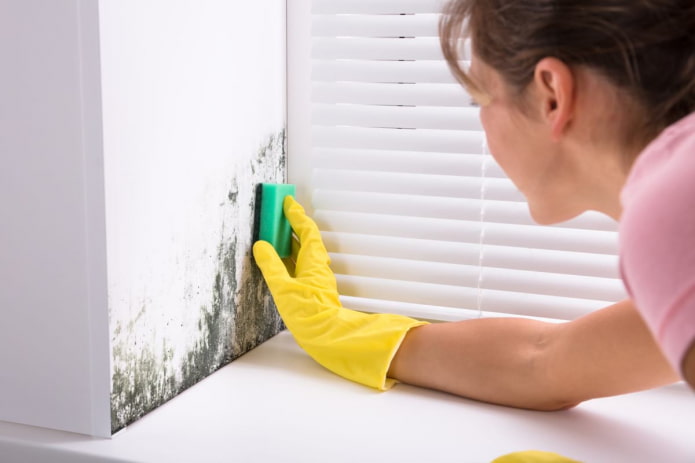

 13 bad habits a good housewife shouldn't have
13 bad habits a good housewife shouldn't have 24/7 home cleanliness - 4 secrets for the perfect housewife
24/7 home cleanliness - 4 secrets for the perfect housewife 6 hotels in Sochi that will give odds to the promoted foreign hotels
6 hotels in Sochi that will give odds to the promoted foreign hotels Top 10 interior design trends 2020
Top 10 interior design trends 2020 Rating of cheap TVs with Smart-TV
Rating of cheap TVs with Smart-TV New Year's LED garlands on AliExpress - we disassemble while it's hot, so that it's bright at home
New Year's LED garlands on AliExpress - we disassemble while it's hot, so that it's bright at home